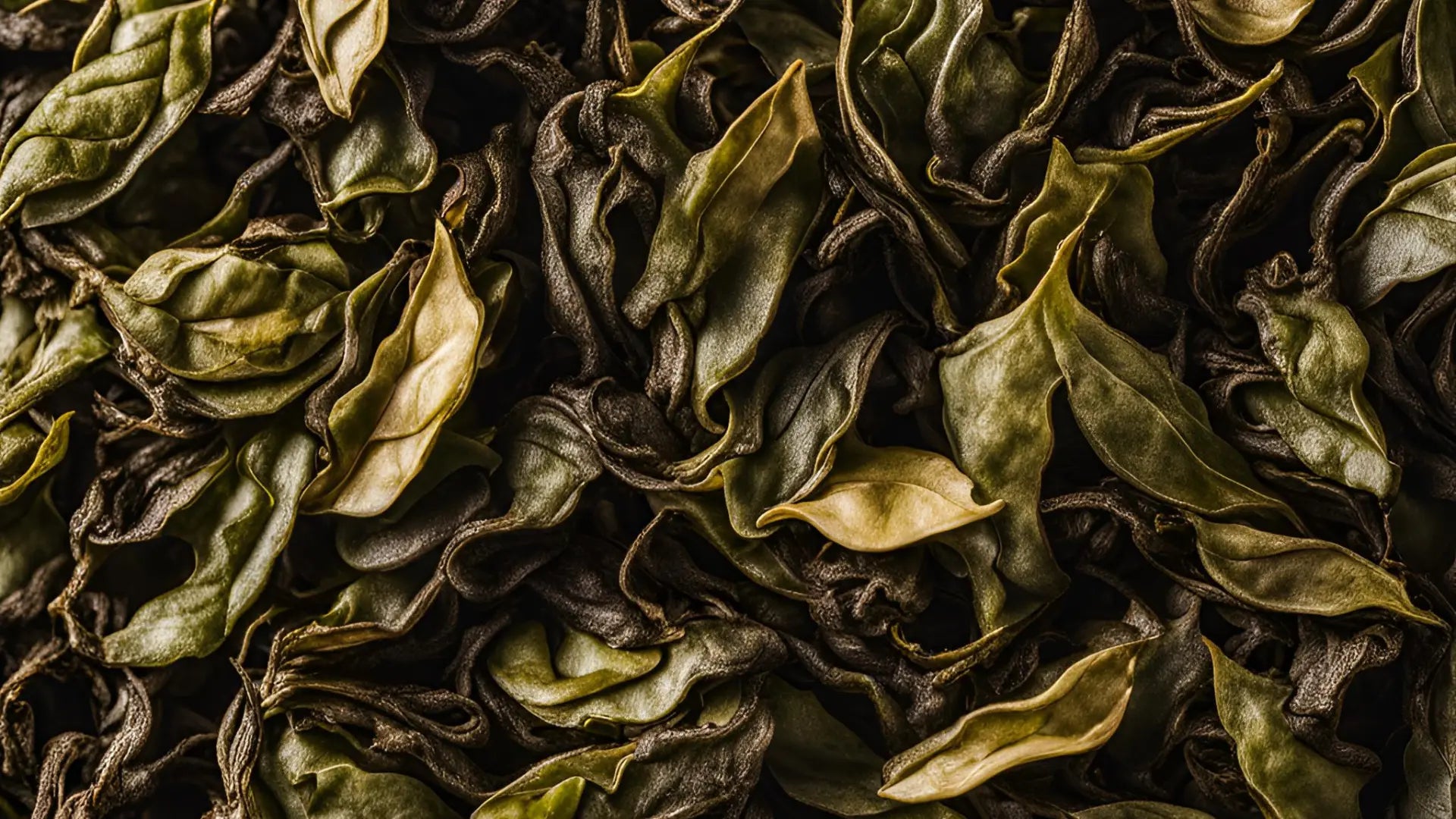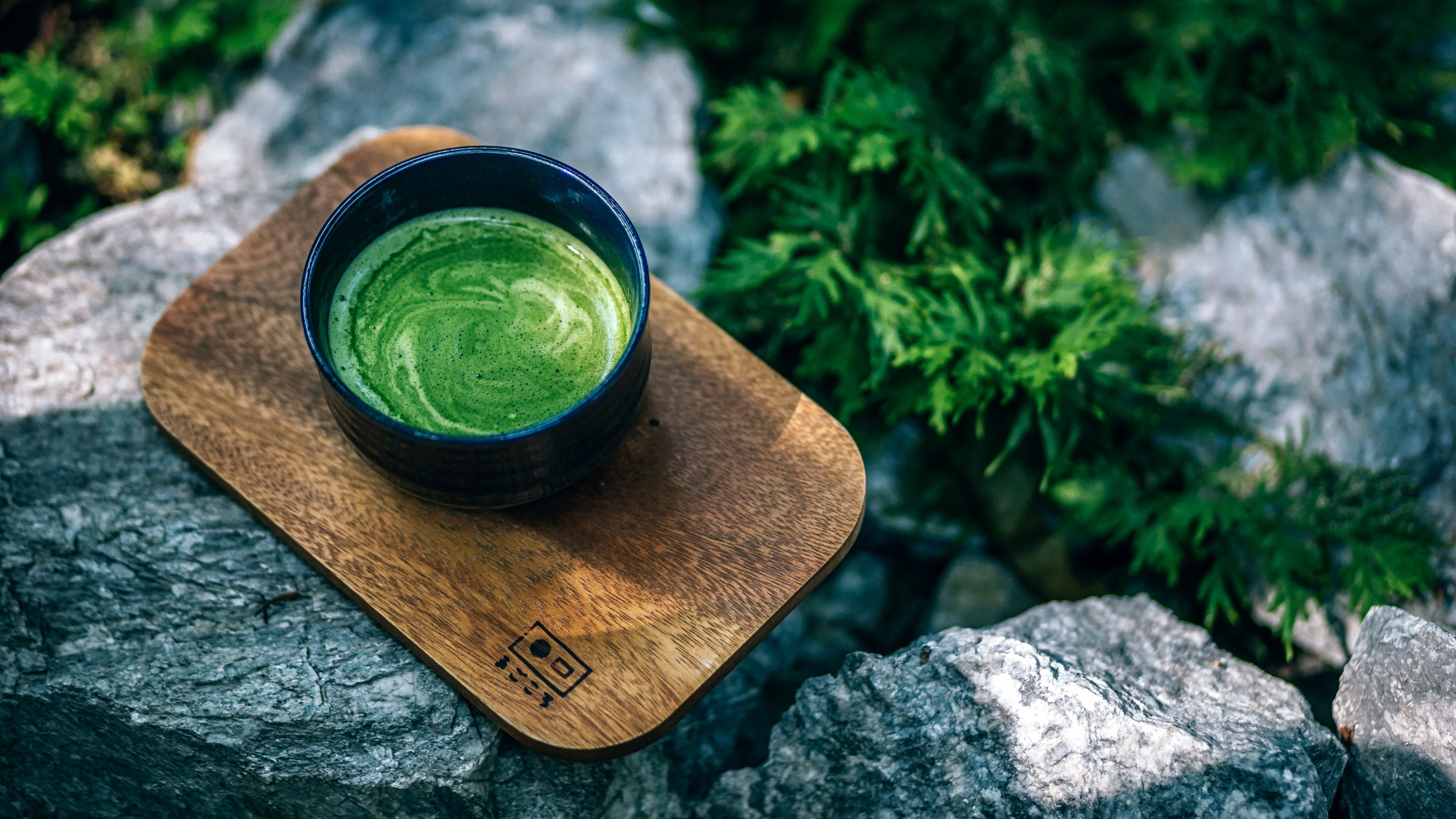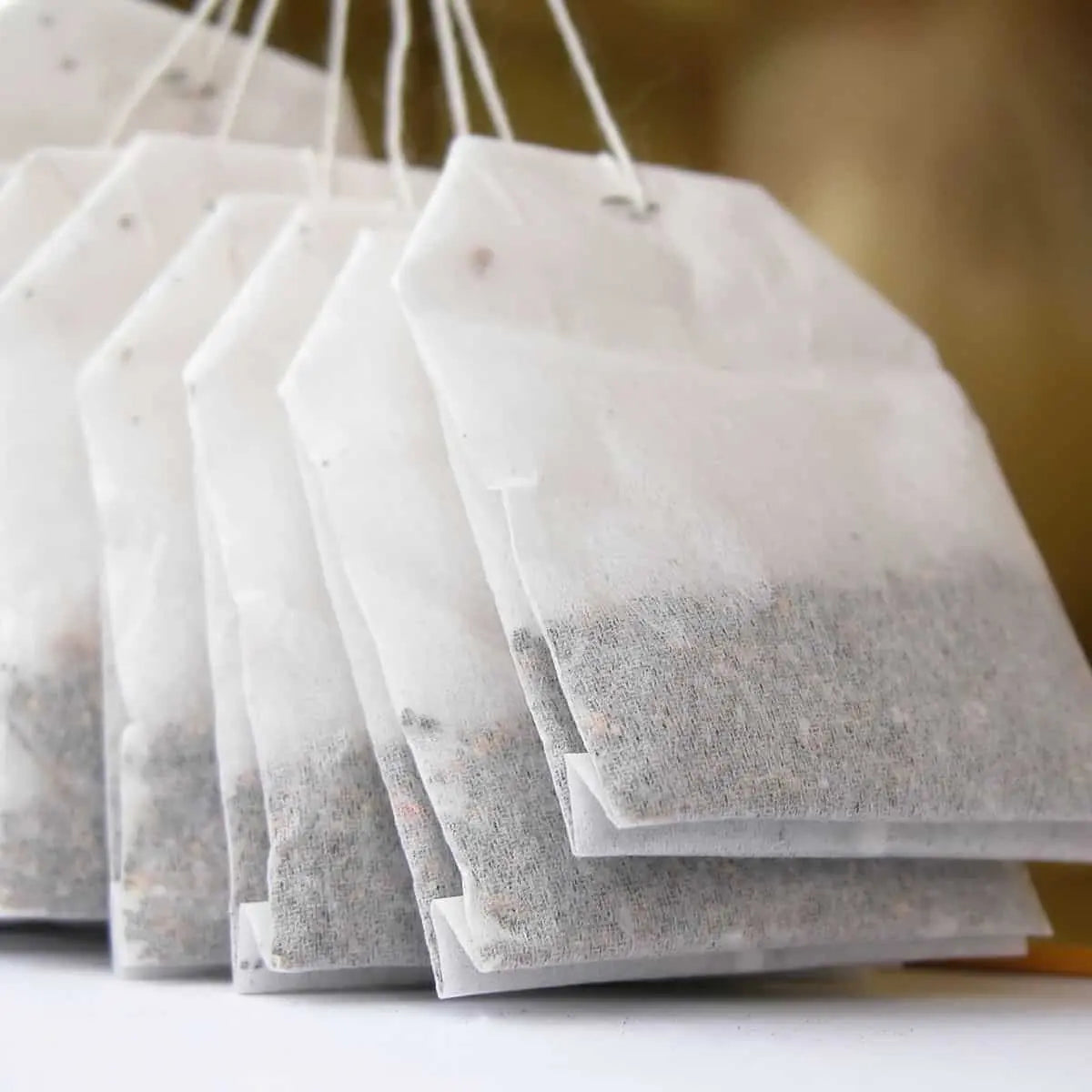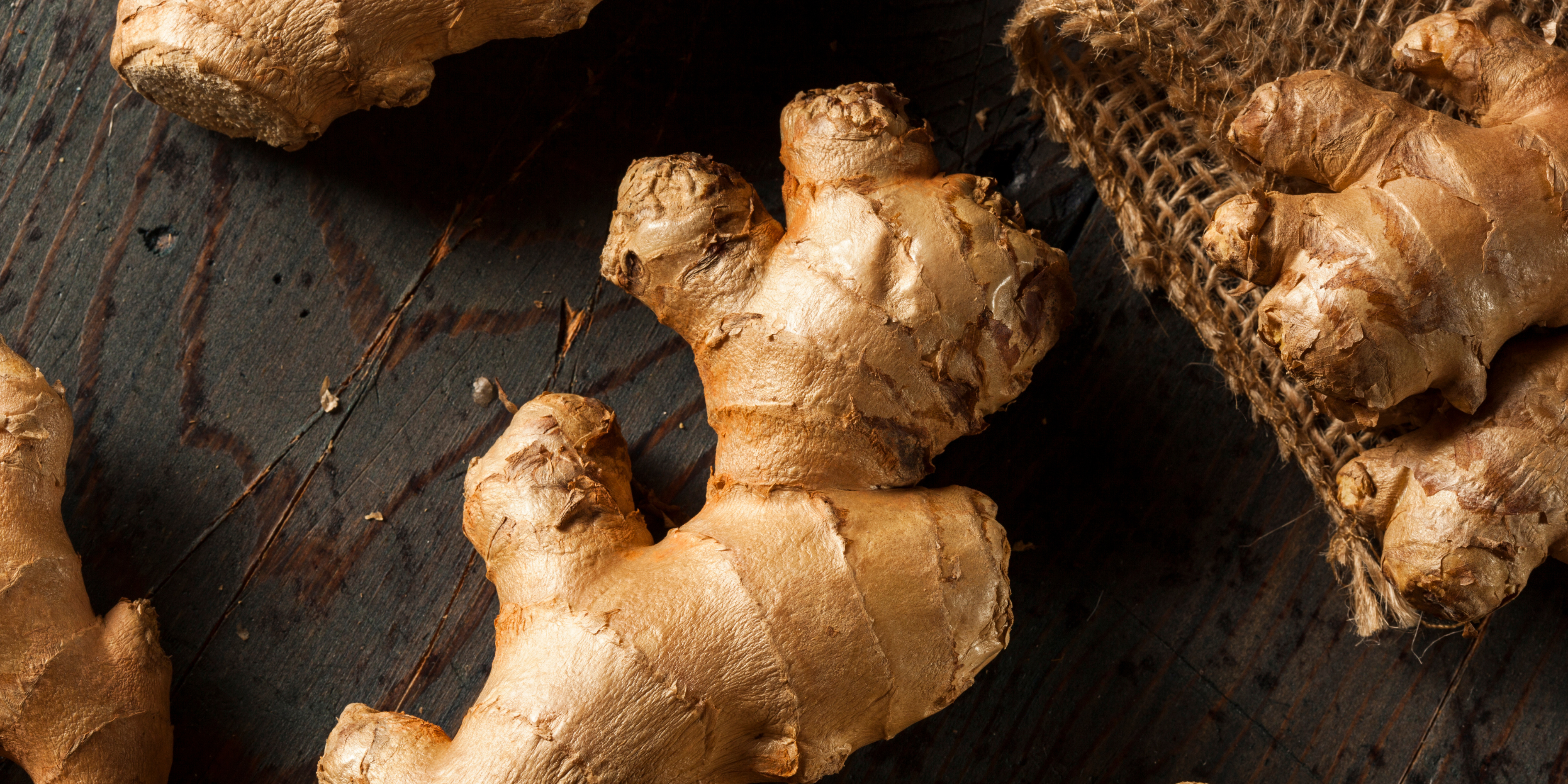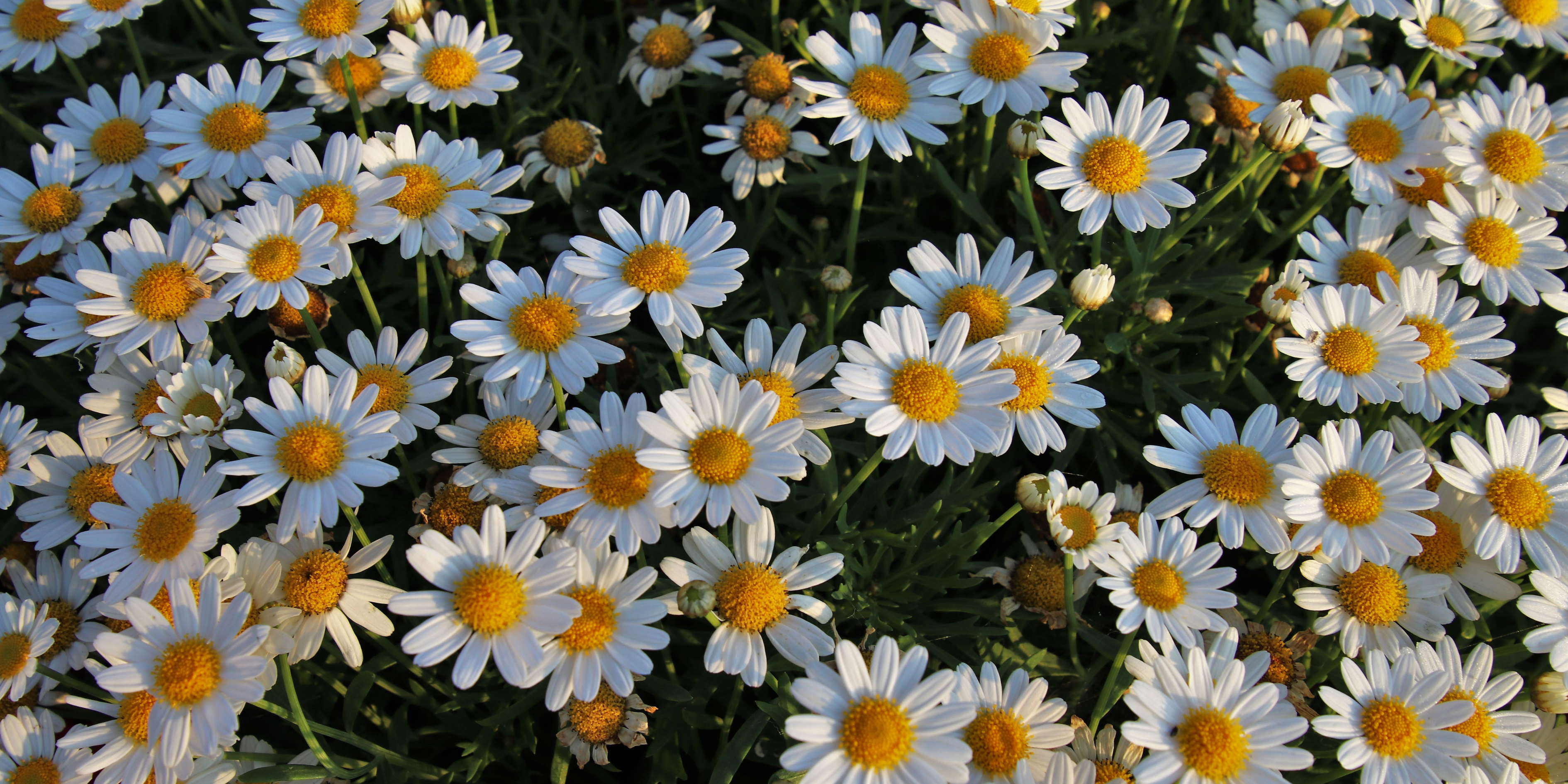Discount for readers - Use code OOLONG20 on our Oolong Tea Bags to claim your discount.
Oolong tea is a lesser-known gem in the world of teas, yet it accounts for only about 2% of global tea consumption.
It is predicted to have a growth rate of around 4.2% between 2024 - 2032. Despite its modest popularity, this ancient brew offers a wealth of benefits that make it well worth discovering.
About Oolong Tea
From its unique flavour profile to its potential health advantages, oolong tea bridges the gap between green and black teas, providing a versatile and enjoyable experience.
In this article, we'll explore the origins, processing, and benefits of oolong tea, and why it might just be the perfect addition to your daily routine.
Where does Oolong Tea come from?
Oolong tea originates from China and Taiwan, where it has been a cherished part of the culture for centuries. The Oolong ingredient supplied in our tea bags has been sourced from organic farms in the Fujian Province of China.
In these Asian countries, tea is more than just a beverage; it’s a social ritual. Friends, families, and business associates often meet over tea, making it an integral part of daily life.
What does Oolong Tea taste like?
Oolong tea offers a unique taste that sits between the brightness of green tea and the dark maltiness of black tea.
Its flavour can vary greatly depending on how it's processed, ranging from light and floral to robust and toasty. This diversity makes oolong tea a versatile choice for different palates. We will look further into the processing later in the article.
How are Oolong, Black, and Green Tea different?
Did you know that these three teas—oolong, black, and green—come from the same Tea plant, Camellia sinensis. The vast differences in flavour, colour, and antioxidant levels come down to how the leaves are processed.
Green tea is the least processed and is high in catechins, a type of antioxidant. Black tea is fully fermented, resulting in the formation of theaflavins and thearubigins, which give it a darker colour and richer flavour. Oolong tea however, falls in the middle, being partially fermented, which gives it a unique flavour and antioxidant profile.
How is Oolong Tea processed?
Oolong tea undergoes a meticulous processing method that brings out its unique taste and nutrient profile. Let’s look into the specifics below.
Fermentation Process
As we learned earlier, Oolong tea is partially fermented. This is unlike black tea, which is fully fermented, and green tea, which is not fermented at all.
The partial fermentation process is generally around 45 minutes in duration, and gives oolong tea its distinctive flavour; combining the freshness of green tea with the richness of black tea.
After the leaves are picked, they are withered in the sun for about 4 hours, then basket-tossed to break down the surface cells. This is followed by wok-firing to stop the oxidation process.
Finally, the leaves are rolled or coiled into their final shape.
Organic Process: Free from Chemicals, Additives, and Nasties
Many high-quality oolong teas (including ours!) are processed organically, ensuring that no chemicals, additives, or artificial ingredients are used.
This organic process preserves the natural integrity of the tea leaves, allowing you to enjoy the full flavour and health benefits of oolong tea without any unwanted extras.
Can Oolong Tea help with weight loss?
A common conversation around Oolong tea is its benefits on weight loss.
Research has suggested that Oolong tea “may decrease body fat and boost metabolism, reducing the risk of obesity and aiding weight loss”. Studies have shown that when combined with a healthy lifestyle, oolong can stimulate fat burning to increase the amount of calories your body burns by up to 3.4%.
Please note: all information provided is to be used for general reference and educational purposes only. Please consult your healthcare practitioner prior to consumption of herbal teas during pregnancy or breastfeeding, if a medical condition is present, whilst taking prescription medication or if surgery is scheduled. This information is not intended to diagnose, treat, cure or prevent any disease.
Does Oolong Tea have caffeine?
Yes, oolong tea does contain caffeine.
The level typically sits at around 2% (30-50mg) caffeine content. In comparison to black tea which is around 3% (47-90mg), Oolong sits at a similar level to Green Tea.
This is less than the caffeine found in a standard cup of coffee, which can range from 70 to 130 mg per cup. This makes Oolong tea a great alternative to coffee, providing a gentle energy boost without the jitters.
It's generally considered safe to consume 2 cups of Oolong tea per day.
Where to Buy the Best Oolong Tea?
To experience the full benefits of Oolong tea, it's essential to choose high-quality, organic teas.
At Planet Organic, our Oolong Tea Bags contain only the finest tea leaves, sourced directly from Organic farms in the Fujian Province of China.
You can shop our convenient 25 Pack of Tea Bags online, offering everything from light and floral to rich and robust flavours. We offer bundle discounts and FREE delivery over $40 AUD.
You can sit back and relax knowing the many benefits of oolong tea, while exciting your taste buds with this ancient brew.
Shop this ArticleOolong Tea 25 Tea Bags - Certified Organic |



